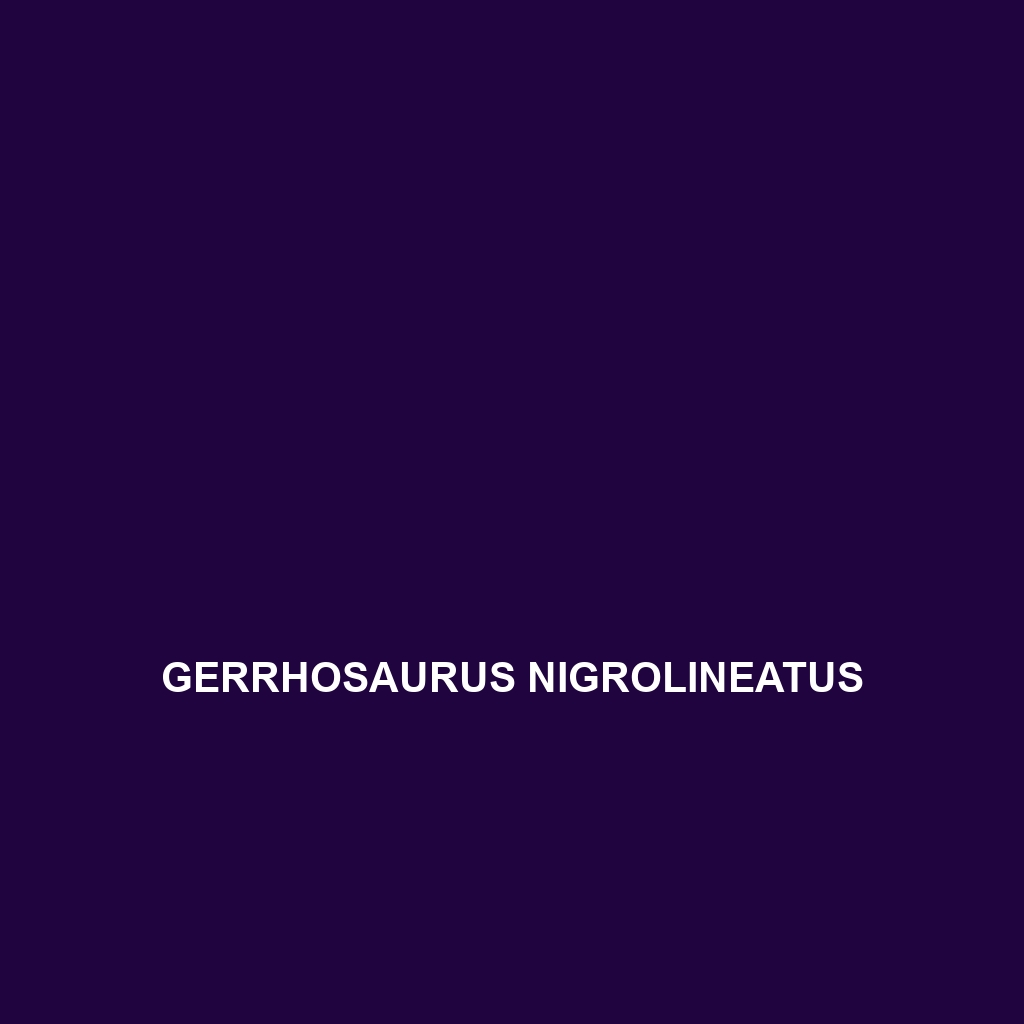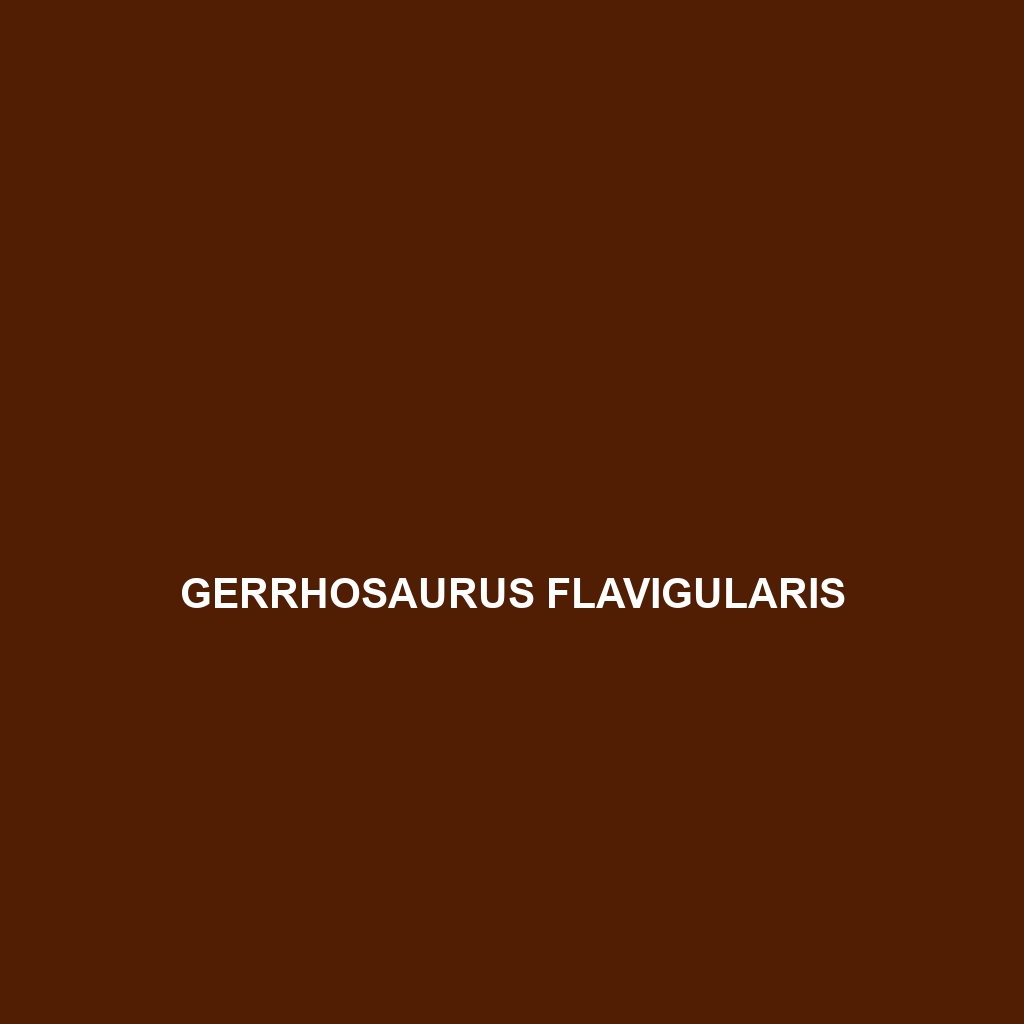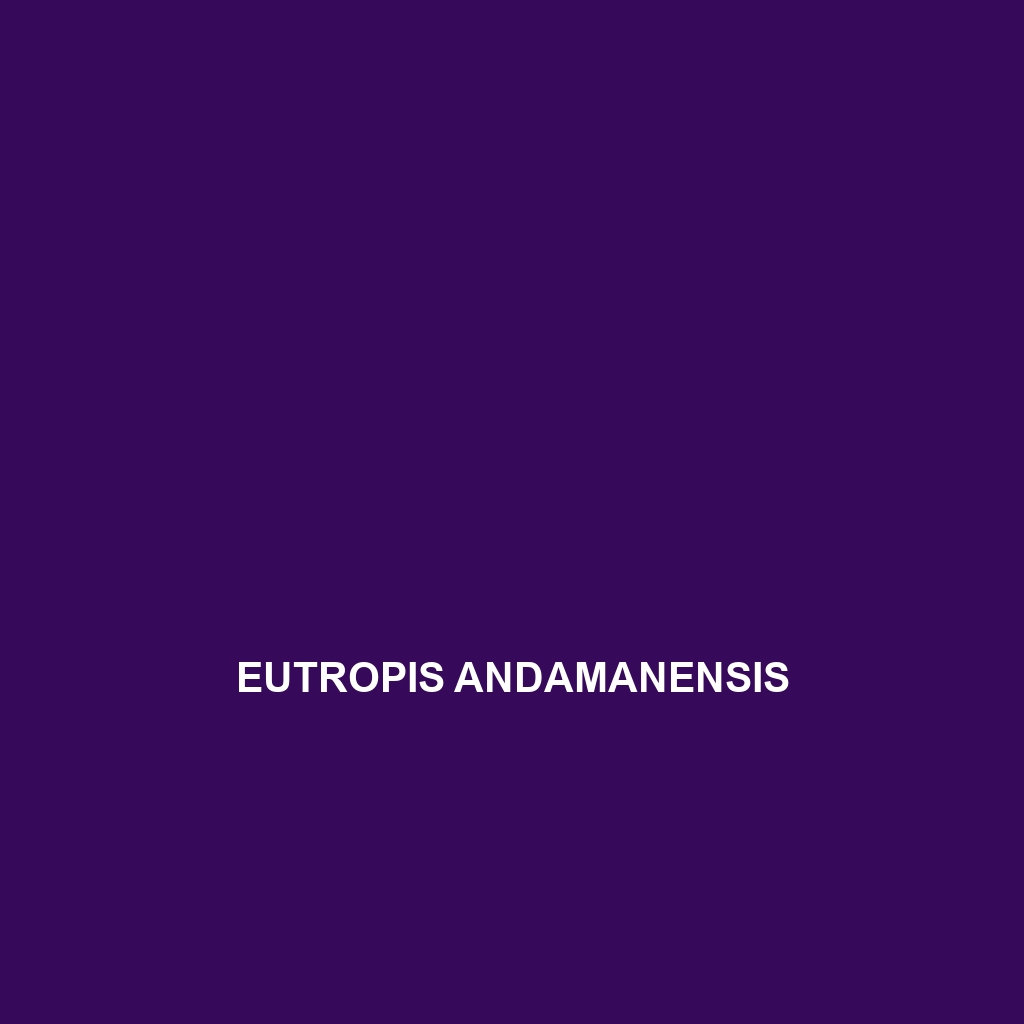<b>Gonatodes astralis</b>, commonly found in the rainforests and moist temperate forests of Colombia and Venezuela, is a striking insectivorous lizard known for its vibrant colors and unique behaviors, including elaborate mating displays. Typically measuring 8 to 12 centimeters, this species plays a crucial role in pest regulation and serves as a key component of its ecosystem.
Tag: lizard physical characteristics
Gerrhosaurus nigrolineatus
The <b>Gerrhosaurus nigrolineatus</b>, or black-lined plated lizard, is a resilient omnivore native to the savannas and scrublands of Southern Africa, recognized for its robust body, striking brown and black striped coloration, and adaptability through unique behaviors including autotomy. This diurnal species plays a vital role in its ecosystem by controlling pest populations and promoting plant growth through its foraging habits.
Gerrhosaurus flavigularis
<b>Gerrhosaurus flavigularis</b>, commonly known as the yellow-throated plated lizard, is a diurnal insectivore thriving in diverse habitats across eastern and southern Africa, characterized by its vibrant yellow throat and distinctive scaly plates. This adaptable species plays an essential role in the ecosystem, balancing insect populations and supporting biodiversity.
Gambelia wislizenii
<p><b>Gambelia wislizenii</b>, or the long-nosed leopard lizard, thrives in arid habitats across the southwestern United States, showcasing a flattened body with distinct camouflaged patterns and a remarkable agility that aids in escaping predators. As an insectivore, it plays a crucial role in its ecosystem by controlling insect populations while also serving as prey for larger species.</p>
Gallotia auaritae
Discover the Gallotia auaritae, or Giant Lizard of Gran Canaria, a robust herbivore reaching up to 90 centimeters in length, thriving in the volcanic landscapes of the Canary Islands. Notable for its vibrant coloration and unique behaviors, this vulnerable species plays a crucial role in maintaining local ecosystems and showcases remarkable adaptations to its arid habitat.
Eutropis longicaudata
Discover the <b>Eutropis longicaudata</b>, or long-tailed skink, a slender, agile lizard found in tropical regions, known for its distinctive coloration and ability to regrow its tail. This insectivorous species thrives in moist environments, playing a crucial role in maintaining the ecological balance by regulating insect populations.
Eutropis darevskii
<p>The <b>Eutropis darevskii</b>, a remarkable lizard found in subtropical and tropical regions of Asia, thrives in humid environments like rainforests and savannas. Known for its agile, streamlined body and color-changing ability, this insectivorous species plays a vital role in its ecosystem by controlling insect populations while serving as prey for larger predators.</p>
Eutropis caraga
Discover the fascinating Eutropis caraga, a resilient lizard native to tropical Southeast Asia, known for its adaptable size and striking coloration. With a diverse diet of insects, this diurnal species plays a crucial role in its ecosystem by controlling insect populations and promoting plant growth through seed dispersal.
Eutropis allapallensis
Discover the captivating Eutropis allapallensis, a medium-sized lizard from South Asia known for its striking coloration and excellent camouflage. Found in diverse habitats, this insectivorous species plays a crucial role in controlling insect populations while exhibiting unique behaviors, such as basking and agile movements.
Eugongylus mentovarius
Discover the Eugongylus mentovarius, or tropical tree skink, known for its vibrant coloration, impressive climbing abilities, and unique tail regeneration. Thriving in the rainforests of New Guinea, this adaptable omnivore plays a crucial role in its ecosystem by aiding in seed dispersal and regulating insect populations.









